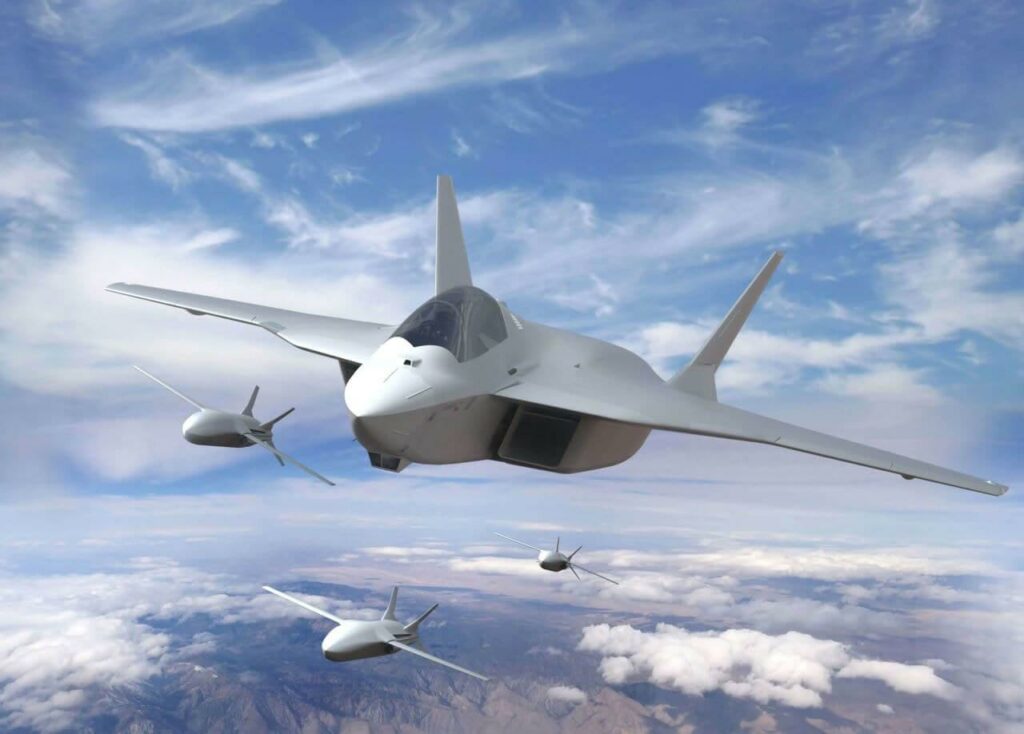In a surprising turn of events, the United States Air Force has announced that they will be putting the development of their highly anticipated 6th-generation fighter on hold. This decision comes amidst speculation and excitement surrounding the next evolution in military aviation technology. Let’s delve into the implications of this delay and what it means for the future of aerial combat.
Overview of USAFs decision to delay development of 6th-gen fighter
With the recent announcement from the United States Air Force (USAF), the development of the much-anticipated 6th-generation fighter jet has been put on hold. This decision comes as a surprise to many in the defense industry, as the 6th-gen fighter was expected to be the future of aerial combat capabilities for the Air Force.
According to USAF officials, the delay in the development of the 6th-gen fighter is due to budget constraints and a shift in priorities towards other strategic initiatives. While the decision has sparked some debate within the military community, the Air Force assures that the delay is temporary and that the development of the next-generation fighter will resume once funding and resources become available. In the meantime, the Air Force will continue to focus on modernizing its existing fleet of aircraft to maintain air superiority in an evolving global landscape.
Implications for national security and military capabilities
With the announcement of the United States Air Force putting the development of the 6th-generation fighter on hold, there are significant . This decision will impact various aspects of the country’s defense strategy and future combat readiness.
The delay in the 6th-gen fighter program could potentially affect the following areas:
- Technological Superiority: The postponement may lead to a gap in the U.S.’s technological edge over potential adversaries.
- Strategic Preparedness: The absence of a next-generation fighter could impact the military’s ability to quickly adapt to evolving threats.
- Alliance Partnerships: The delay might affect international relationships, as allies rely on the U.S. for advanced military capabilities.
Factors influencing the delay and potential future options to consider
There are several factors influencing the delay in the development of the 6th-gen fighter by the United States Air Force. One major factor is the rapidly changing landscape of modern warfare, with emerging technologies and threats requiring constant reassessment of the project’s goals and specifications. Additionally, budget constraints and competing priorities within the military have also played a role in the decision to put the development of the fighter on hold.
As the USAF navigates these obstacles, there are potential future options to consider in moving the project forward. One option could be to collaborate with international allies to share resources and expertise in developing the 6th-gen fighter. Another option could be to reevaluate the timeline and budget for the project, ensuring that it aligns with the evolving needs of the military. Ultimately, striking a balance between innovation and practicality will be key in determining the future of the USAF’s 6th-gen fighter program.
In Retrospect
As the future of the Air Force’s sixth-generation fighter remains uncertain, it is clear that decisions must be made with caution and careful consideration. While the project may be on hold for now, the dedication and innovation of the USAF ensure that its mission to protect and defend the nation will always take precedence. As we await further developments, one thing is certain – the Air Force will continue to push the boundaries of technology and set the standard for aerial superiority in the years to come.
